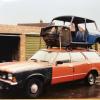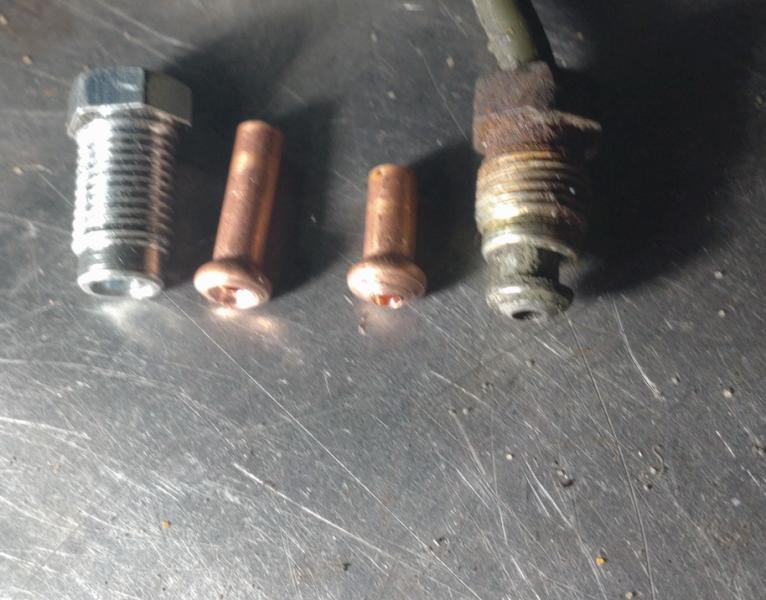It could well be fine but given the choice and the fact it's only 10 seconds extra work to do the 2nd op I would make them as per the world's leading classic car brake pipe manufacturer ;)
From Automec themselves:
When using copper or copper nickel pipe it is essential to use a double flare. This is different to the bubble type used with old steel pipe. Essentially the double flare is specifically designed for use with these materials to ensure the safest possible connection. As we have only used exclusively copper and copper nickel pipe on all of our brake pipe sets for over 45 years of manufacture and distribution around the world, each and every one of our sets uses this double (OP1 and OP2) flare. In simple terms the rule is as follows:
Steel Pipe - Single or 'bubble' flare
Copper/ Copper Nickel Pipe - Double flare















